You don't need to climb to the summit of the UK's highest points to experience mountain bliss. In fact, some of Britain's most spectacular viewpoints can be found on our most approachable peaks.
From Conic Hill on the West Highland Way in Scotland and Cat Bells in the Lake District, to Wales' Yr Wyddfa (Snowdon) and the iconic peak of Slemish in Northern Ireland, our guide explores some of the best and easiest mountains and peaks to climb in the UK for beginners.
Each mountain featured includes a walking map and a route description, to help make your climb even more manageable.

What is the easiest mountain to climb in the UK?
Pen y Fan (886m) in the Bannau Brycheiniog (Brecon Beacons) National Park is a great mountain for beginners and, considering its height, it's not as difficult to reach the summit as you might think. Easily accessible from a couple of car parks, good walking tracks wind their way to the peak.
However, as with any mountain, poor weather conditions can be dangerous, so check the forecast and prepare your clothing and kit accordingly.
Want to escape the crowds? This Pen y Fan walk is the quietest route to the summit.
Essential kit for climbing a mountain
While you might start off your walk in broad sunshine and feeling warm, in the outdoors and at altitude the weather conditions can change suddenly. It is vital to dress in suitable clothing for the conditions and carry a waterproof jacket and warm layers to put on if the unpredictable British weather takes a turn for the worse.
Here are a few items you should always pack:
- Waterproof jacket
- Warm layer
- Gloves
- Hat (sun hat or warm beanie, depending on the season)
- Spare socks
- Drink
- Snack
- Any essential medication
- Plasters
From hiking boots to sunglasses, here is our expert review guide on the best gear for hill-walking this summer and autumn.
Britain's best easy mountains and peaks
Sugar Loaf, Monmouthshire

In its relatively modest 596m, the summit of Sugar Loaf in the Bannau Brycheiniog (Brecon Beacons) National Park encompasses much that is magical about mountains, hills and woodland. Rising above Abergavenny, the pinched peak is accessed by soft slopes on all sides, making for a solid and consistent workout whichever angle you approach from. However, it’s the south that offers the most interest, and if you fancy a longer day you can ascend the peak directly from town.
Explore this wonderful Welsh peak with a five-mile circular walk to the summit of Sugar Loaf.
Yr Wyddfa (Snowdon), Gwynedd

At 1,085m, Wales’ highest summit may be an intimidating prospect, but no technical skills are required to conquer it – just stout footwear, a reasonable level of fitness and a bit of determination. With eight routes to choose from, there is a path for everyone, even beginners.
Start from Pen y Pass to give yourself a 1,000ft head start with our seven-mile circular to the summit of Yr Wyddfa (Snowdon).
The Skirrid, Monmouthshire
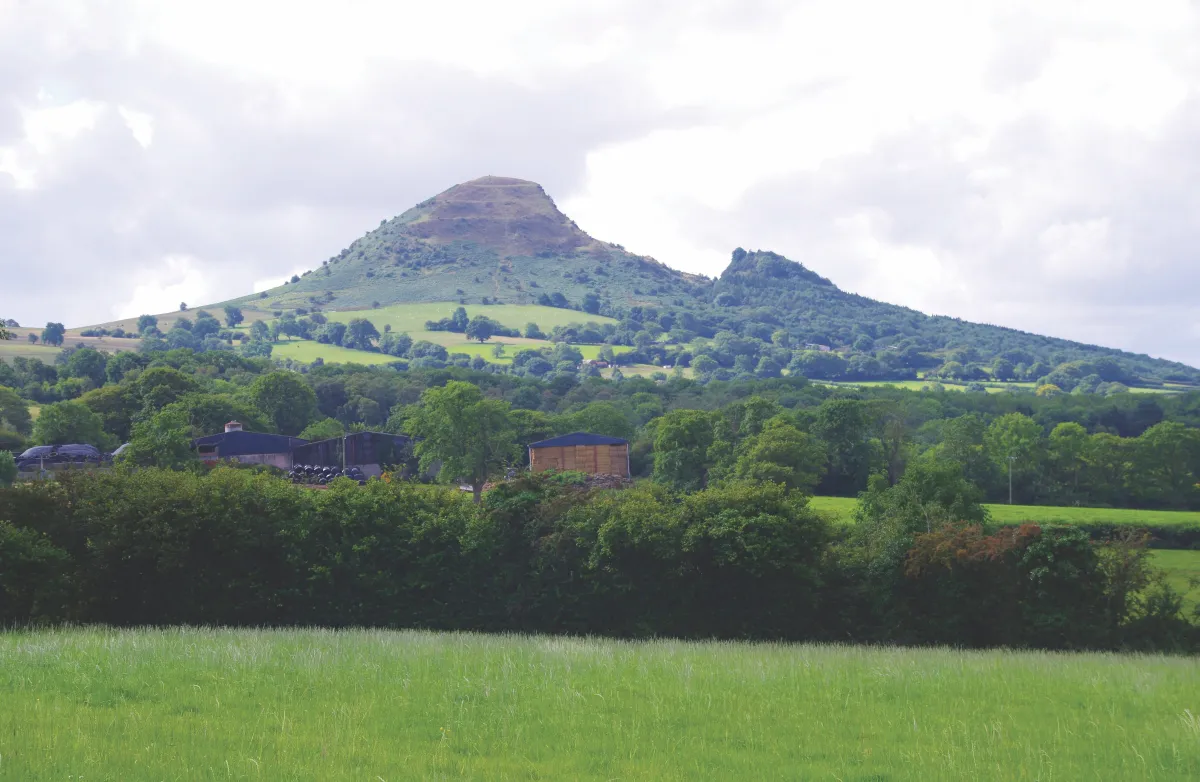
Holy Mountain, Sacred Hill, Ysgyryd Fawr in Welsh (‘ysgyryd’ meaning shattered or split) or simply The Skirrid – this mini mount goes by many names, hinting at its intriguing past.
The land surrounding the hill has long been considered holy and fertile – according to one ancient legend, a powerful landslide hit it the moment Christ was crucified on the cross – and religious pilgrimages have been made to the summit for centuries. Enjoy a 5km circular walk to the summit of this spooky hill, which offers dramatic views across the surrounding countryside with the Blorenge hill in the distance. Enjoy a 3.5-mile loop walk of The Skirrid.
Malvern Hills, Worcestershire and Herefordshire
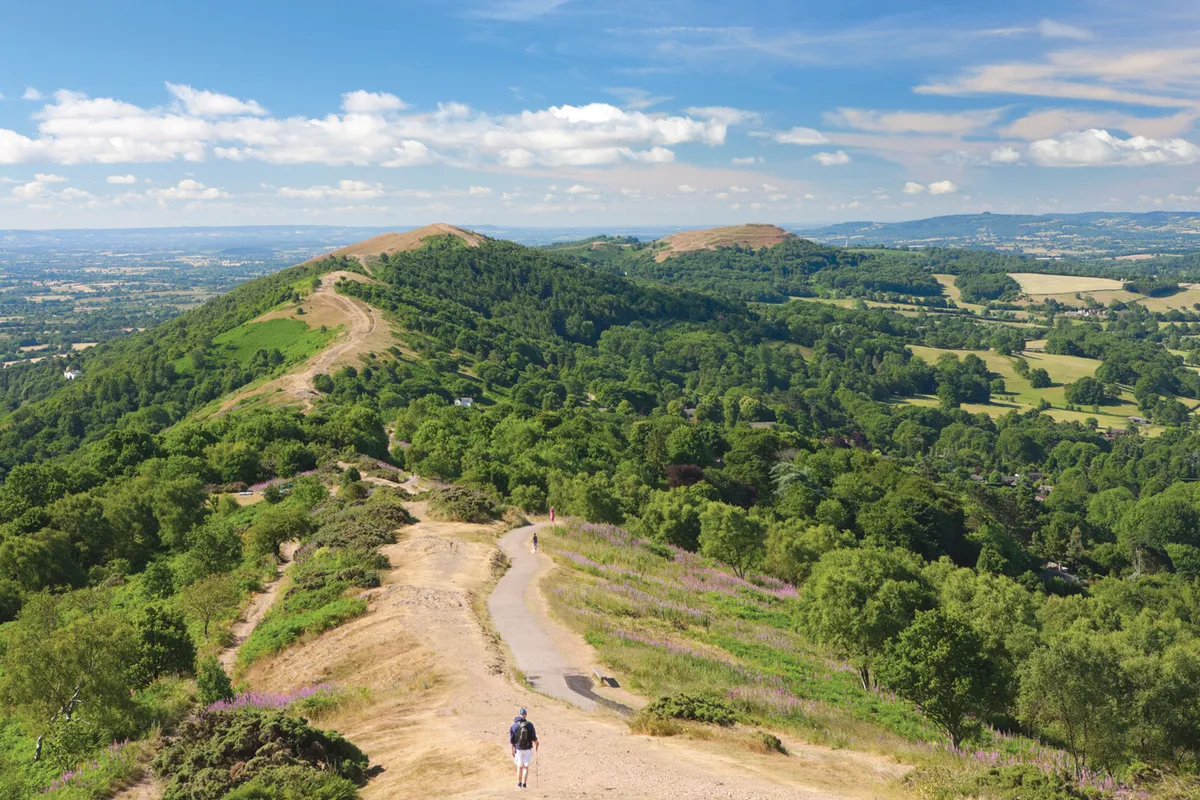
Climb to the summit of British Camp and Worcestershire Beacon on this five-mile route through the Malvern Hills, stopping midway for a picnic lunch as you gaze across the surrounding countryside.
The walk ends in the busy town of Great Malvern, the perfect place to unwind after a day in the hills.
Yes Tor, Devon

Dartmoor’s second highest point, Yes Tor (619m), offers a worthy target for southerners looking to tackle their first mountain proper. Though a little lower than its sibling, High Willhays, its craggy buttress is the more striking of the two.
Discover two more Dartmoor tors with a four-mile walk, inspired by Michael Morpurgo's War Horse.
Cuilcagh Mountain, County Fermanagh
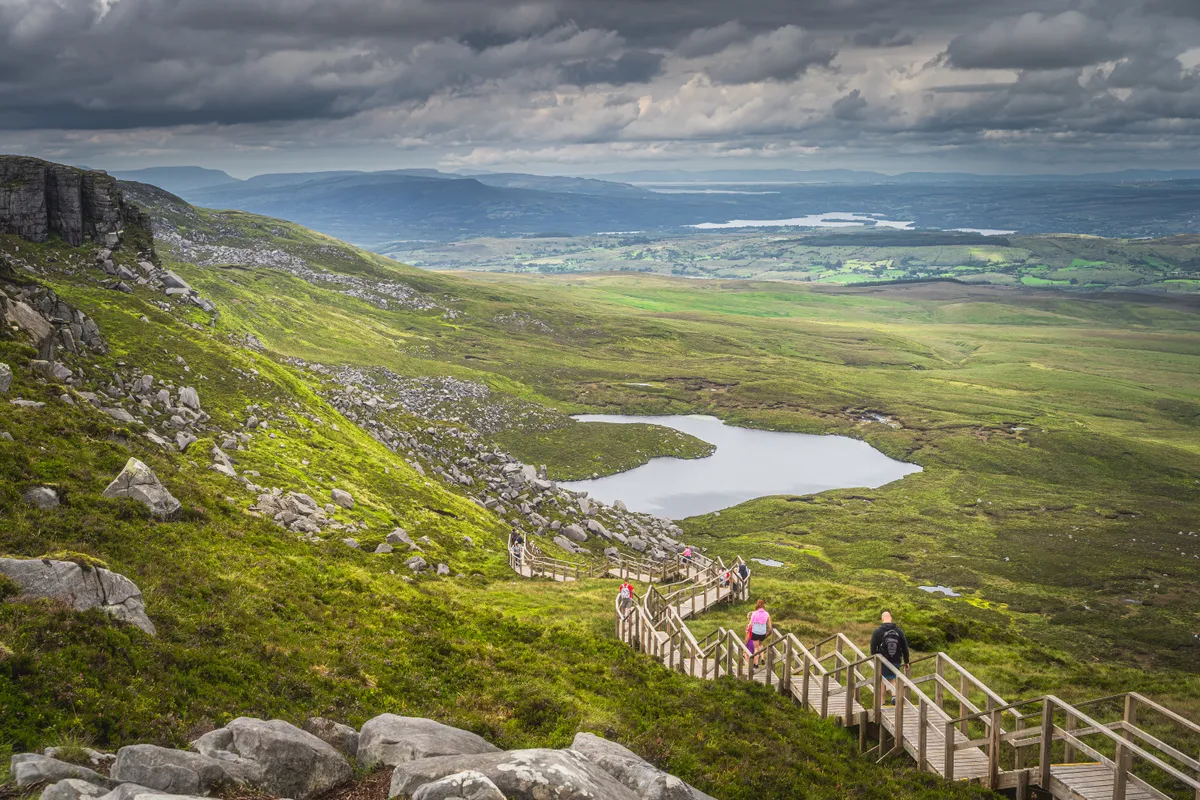
Cuilcagh sits inside the Marble Arch Caves Unesco Global Geopark, an area of limestone caverns, peatland, inky forests and lakes. The 665m mountain, straddling the counties of Fermanagh and Cavan, is home to one of the best-preserved blanket bogs in Europe.
From the car park, climb the mountain track, looking out for common lizards emerging from winter hibernation. Savour the bog’s delicate detail: the star-shaped sphagnum (peat moss), the flypaper butterwort with its violet flowers, and the fire-red sticky tentacles of the insect-catching sundew.
Pen y Ghent, Yorkshire
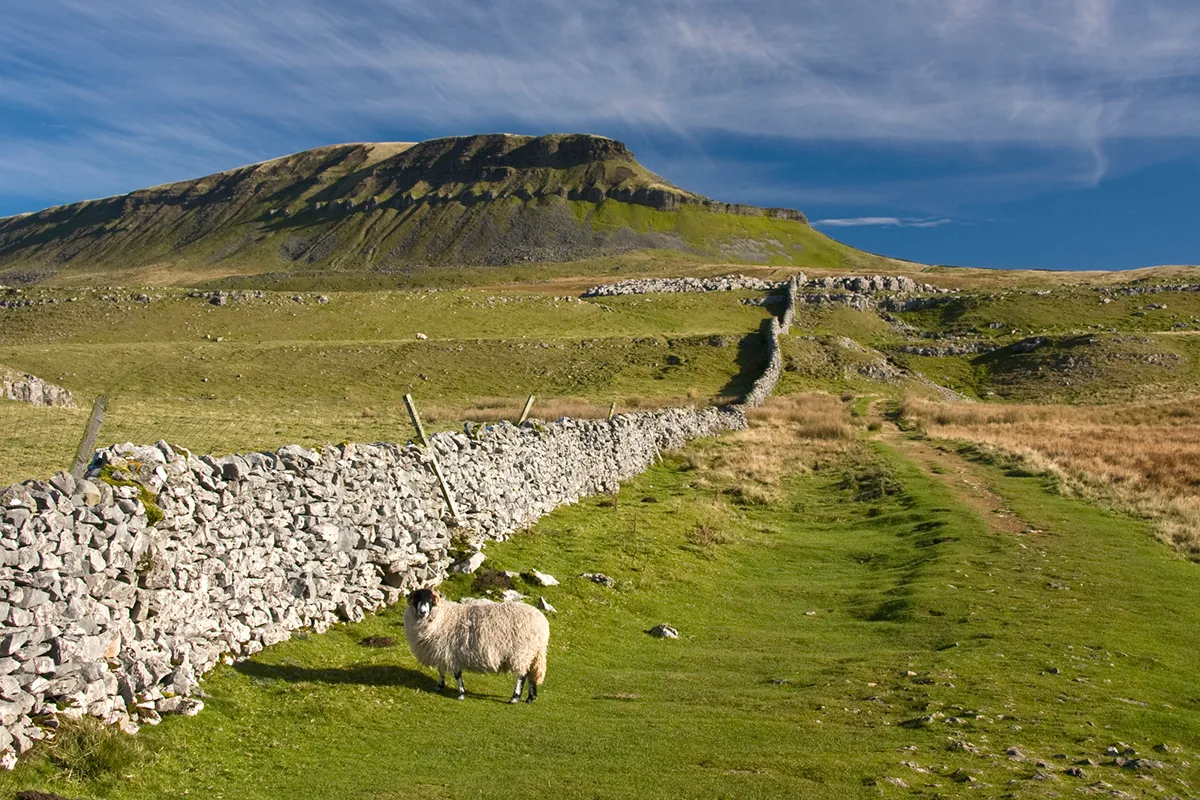
North Yorkshire's Pen y Ghent, or the ‘Mountain of the Winds’, is the lowest of Yorkshire’s famous Three Peaks, but it’s also by far the most dramatic when scaled via the southern ridge or ‘nose’. The steep scrambles up the two pronounced ‘steps’ present a stern test for novices wanting to assess their head for heights. Discover more great walks in the Yorkshire Dales.
Mam Tor, Derbyshire
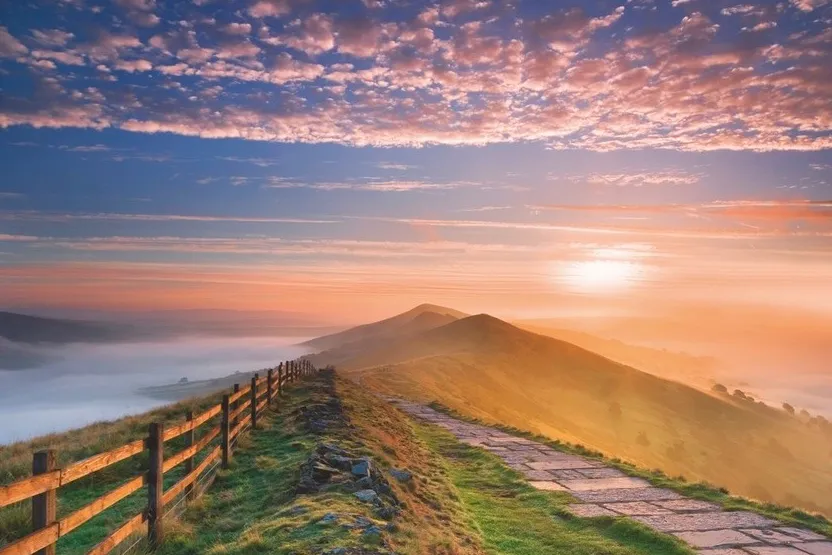
Standing sentinel at the head of the picturesque Hope Valley, Mam Tor and the Great Ridge is one of the highlights of the Peak District.
The ‘shivering mountain’ is the summit of a long, lofty ridge and makes a bracing high-level route along which even newbies can stride with confidence.
Clougha Pike, Lancashire

This craggy outlier on the edge of the Forest of Bowland is an easy half-day hike that offers spectacular views north to the Lakeland Fells and out over the Irish Sea to the Isle of Man. On a clear day, you might even see the mountains of Snowdonia, 100 miles away to the south-west.
Cat Bells, Cumbria
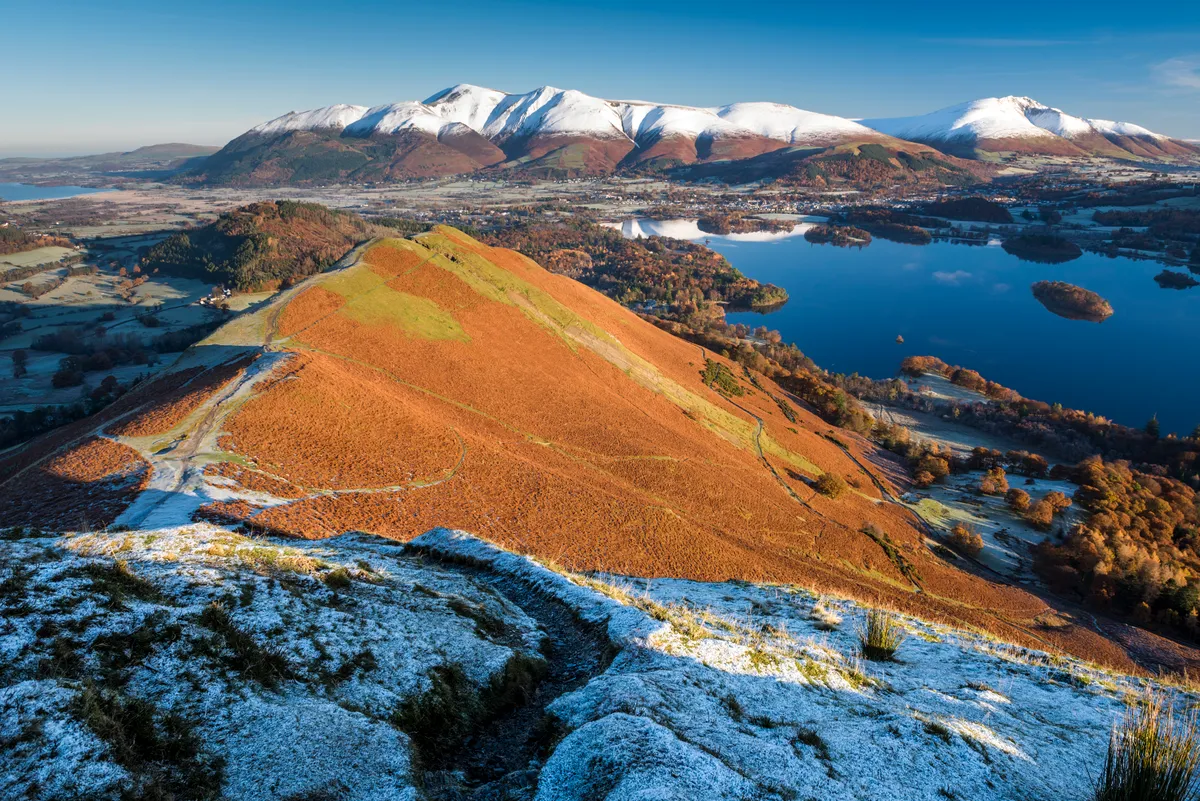
At just 451m, Cat Bells is a modest summit by Lake District standards, but this rugged mini mountain kindles a lifelong passion for hill-walking among thousands of first-timers every year. Steep in places, the climb will leave you breathless – as will the spectacular views of mighty Skiddaw and Derwentwater.
Fairfield Horseshoe, Cumbria
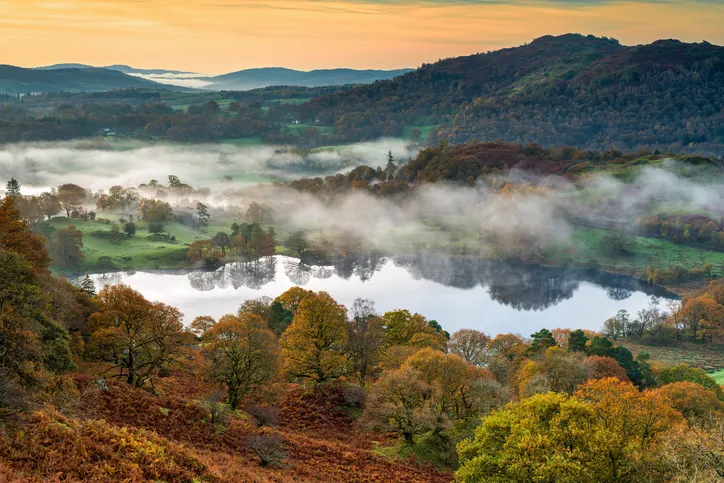
Found in the heart of the Lake District, the very popular Fairfield Horseshoe begins and culminates in Ambleside. This classic must-do walk takes time and is best taken on in the summer months when there is more daylight.
Slemish, County Antrim

Slemish is a name familiar to most inhabitants of Northern Ireland. Rising abruptly from its flat surrounds, the hill is an unmissable landmark of County Antrim.
Walkers know it as a short, steep climb that provides vast views, but there are so many stories associated with the hill, even those who have never seen it can recall its myths and legends.
Roseberry Topping, North Yorkshire
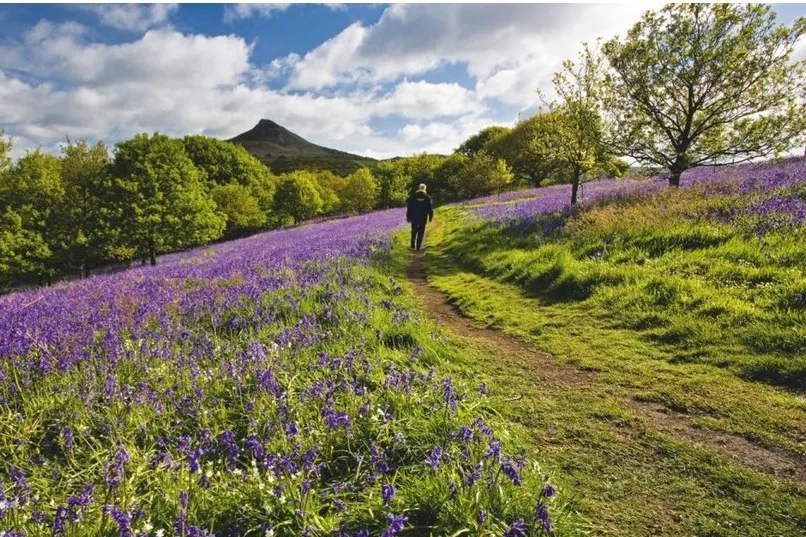
Roseberry Topping may not be classified by all as a 'great mountain', but what it lacks in height it makes up for in character. Known as the favourite hill of Alan Hinkes – the first Briton to climb all of the world's 8,000-metre mountains – this miniature mountain can be enjoyed by anyone looking for a short Sunday hike.
Conic Hill, Stirlingshire
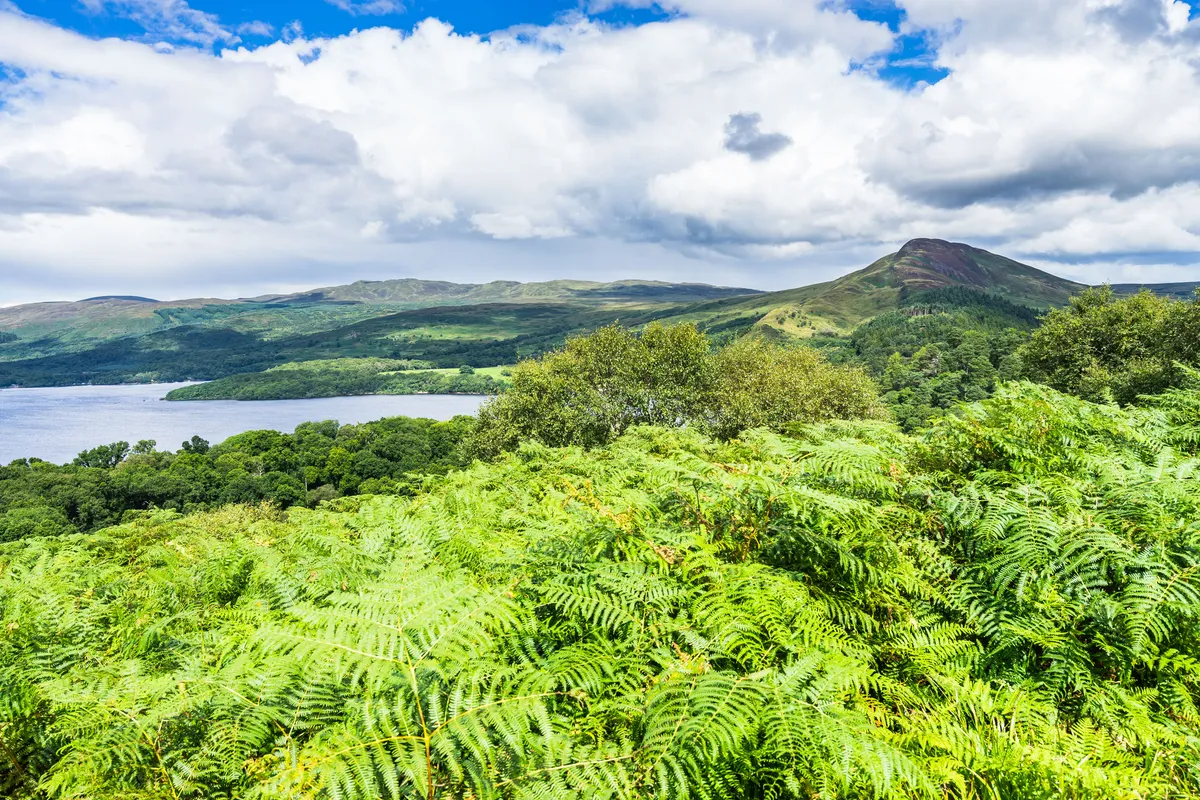
Easy and accessible, the modest mini mountain of Conic Hill (361m) offers newcomers a splendid introduction to the drama of hill-walking in the Highlands. Follow the West Highland Way to the multiple summits and admire the wonderful views over Loch Lomond and the Luss hills. Find out more about walking in Scotland with our guide to the best walks in Scotland.
Cribyn, Powys
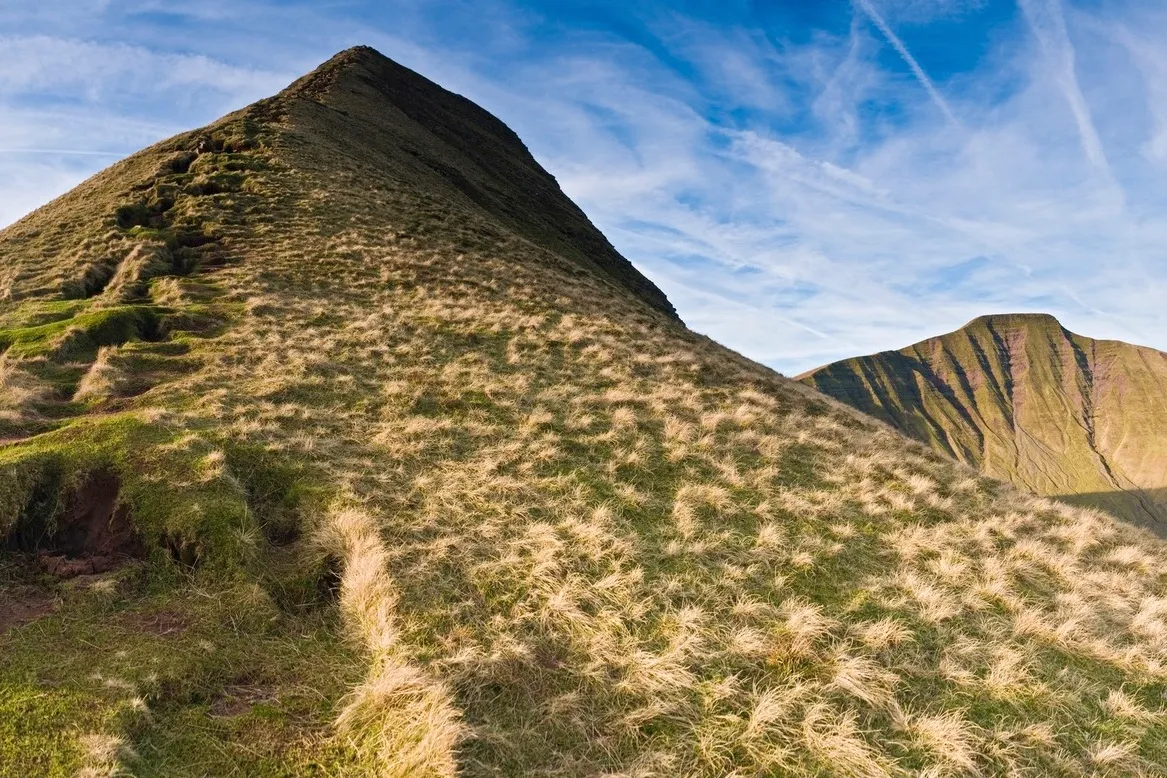
Amid the lumps, bumps and rounded humps that form the ridgelines of the Bannau Brycheiniog (Brecon Beacons) sits Cribyn. It’s the kind of peak a child may draw; pyramidal and stacked with brawn. Yet in spite of its mountain status, its summit is neither as high nor as insurmountable as you may imagine.
Tegg's Nose, Cheshire
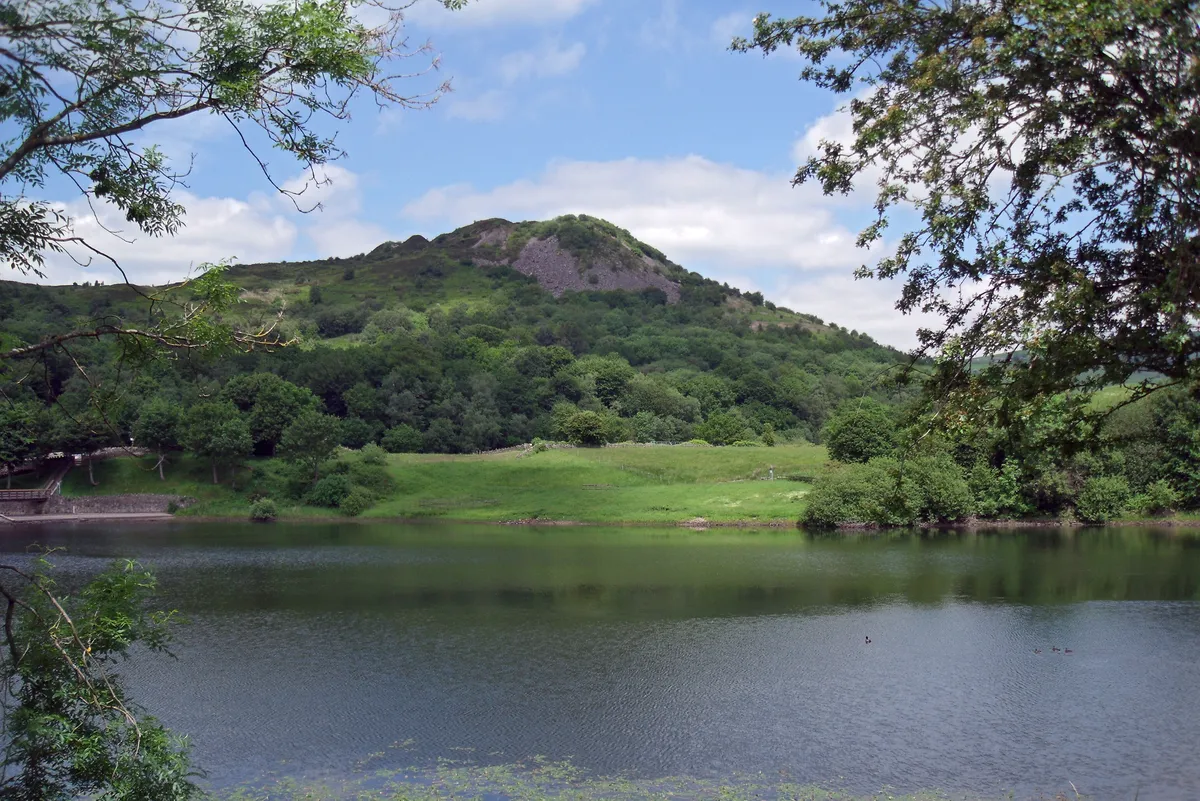
Just 20 miles from Manchester city centre, the precipitous Tegg’s Nose Country Park represents an abrupt end to the Cheshire Plain, with flat fields replaced by a whole new, wild landscape of steep, craggy hills, open moors and dense, impenetrable forest.
It’s here where the imagination can run wild as you trek along the woodland paths, with nearby place names such as Wildboarclough giving a clue to the beasts that once roamed here. Various stories link the name Tegg’s Nose back to early Norse settlers, while others connect it to the word teg, a name for a two-year-old sheep, with the nose moniker easily linked to the promontory at the southern end of the ridge. Explore the area on foot with a 7.5-mile hike.

